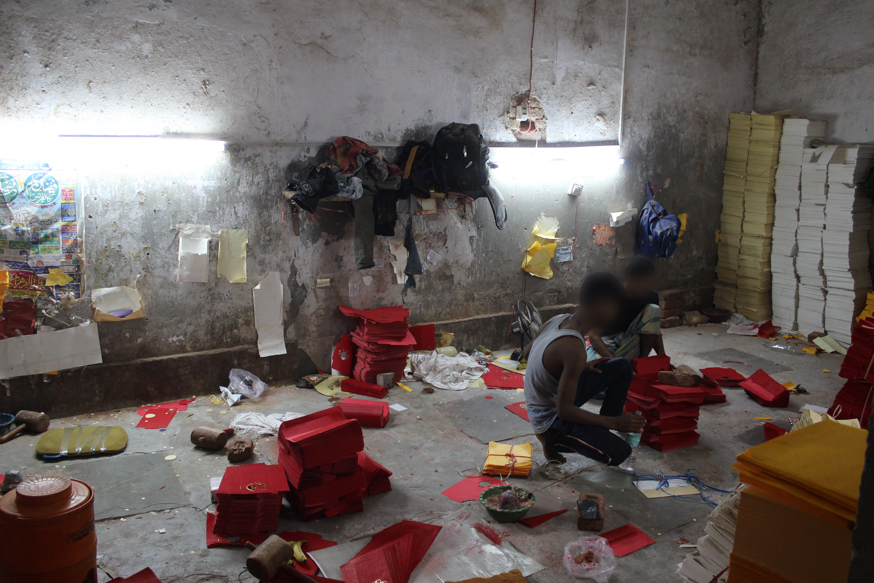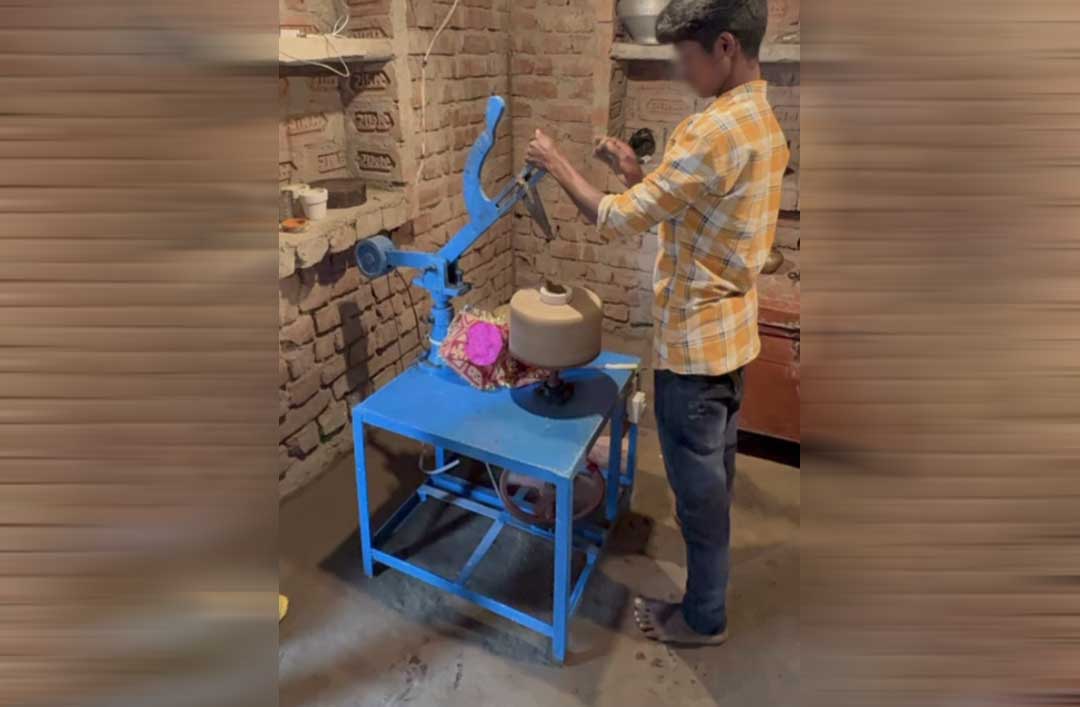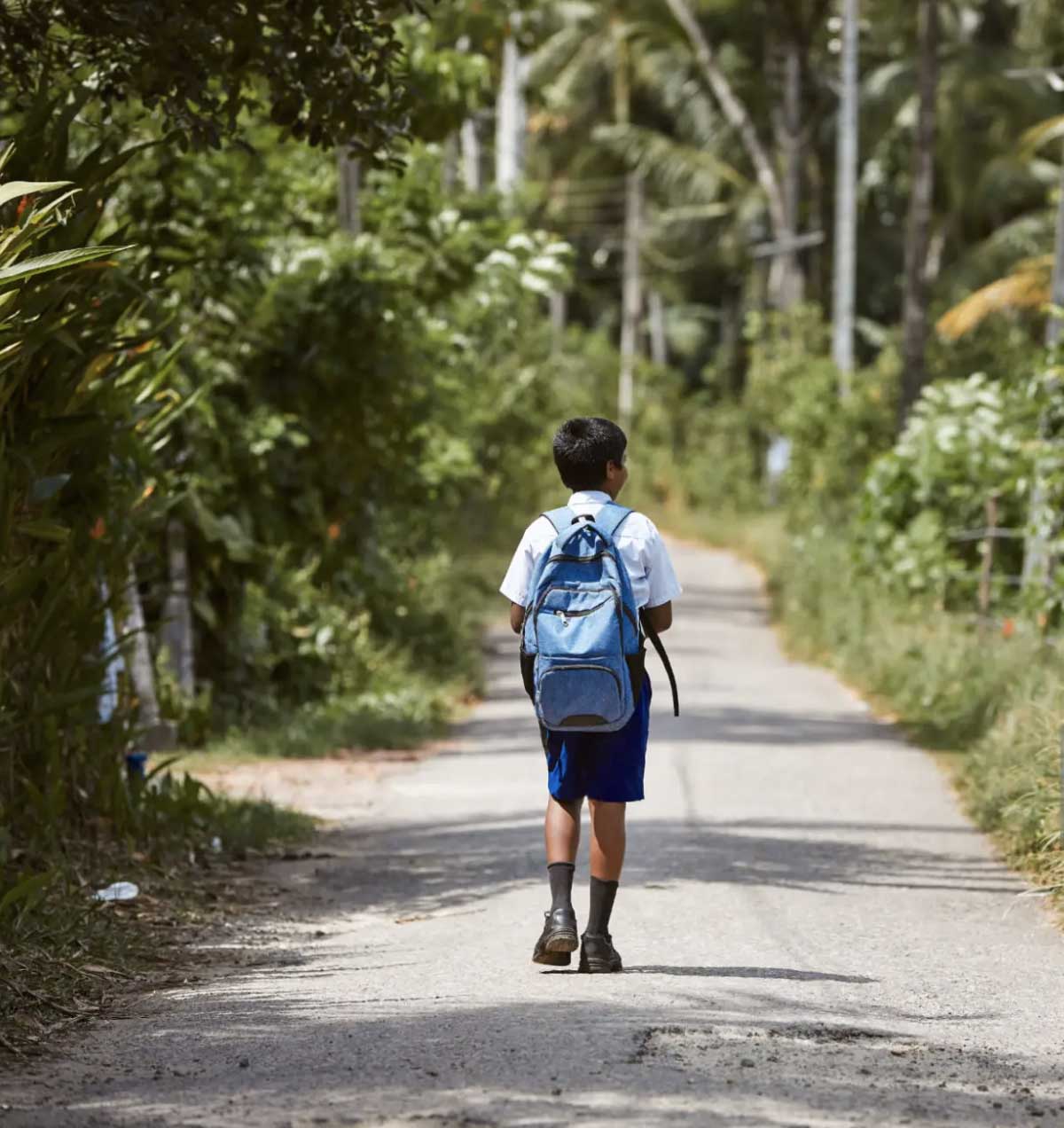Weddings are a grand affair in India.
Marriage is considered to be tangible proof of the socioeconomic status of a family. India’s upper middle-class families spend a small fortune during the course of the wedding, and the parents start planning for their child’s marriage years in advance.
The wedding card market alone is worth nearly $1.1 billion, but sadly not even a fraction of that amount reaches the children who are illegally employed in congested rooms and forced under inhumane conditions to make these cards.
Zeeshan is from the northern state of Bihar where unemployment rates are among the highest in the country. Due to financial constraints, he dropped out of school to provide additional income for his family.
Traffickers target desperate families by offering jobs to children. Zeeshan was lured by the promise of a well-paying job and was taken to Delhi.
Zeeshan’s hope of helping his parents was crushed soon after he began working at the facility.

Each morning, Zeeshan would place his makeshift seat on the cold, hard floor of the workshop. As other minors found their spots, Zeeshan would thump stacks of cards with a large wooden hammer. He would use adhesive agents to glue cards together before packing them into envelopes. None of the boys were provided any protective gear even though they worked with sharp objects and near heavy machinery. The children’s safety was not a priority for the employer.
Zeeshan was not allowed to leave his work station until all his work was done, typically after a 12-hour day. He worked seven days a week and was paid less than the statutory minimum wage. Zeeshan’s freedom of movement was restricted as he worked, slept and ate within the facility. To make things worse, the workshop was situated alongside an open sewage canal, exposing the boys to further diseases.
A long way from home and with no one to trust, Zeeshan wondered if he would ever return home to his family.

On September 30th, 2019, JVI and local NGO partner EFICOR assisted the Sub Divisional Magistrate (SDM) in conducting a rescue intervention in which 14 boys, including Zeeshan, were rescued from forced labor in four hazardous facilities.

The boys were escorted to the SDM’s office where they received food and immediate medical attention. JVI staff assisted representatives of the Labour Department and the Child Welfare Committee (CWC) in documentation and verification of each child’s details.

All four facilities were sealed by the SDM to prevent further entry and practice of illegal child labour. JVI lawyers assisted the police in filing the First Information Report under relevant provisions of the Child Labour Act, Bonded Labour Act, Juvenile Justice Act and Indian Penal Code.
The legal team will follow up on the case to ensure offenders are held accountable for their crimes. The CWC passed orders for the boys to be transported to aftercare homes where they will receive counseling, education, access to various government entitlements and eventually reunited with family.
“At such a young age, a child should be studying in school, learning, playing and enjoying their childhood. Instead, these minors are confined to unhygienic, hazardous rooms, forced to work 12-14 hours a day with little to no pay. No child deserves this.” – JVI National Aftercare Manager
* Name has been changed to protect the identity of the victim.



